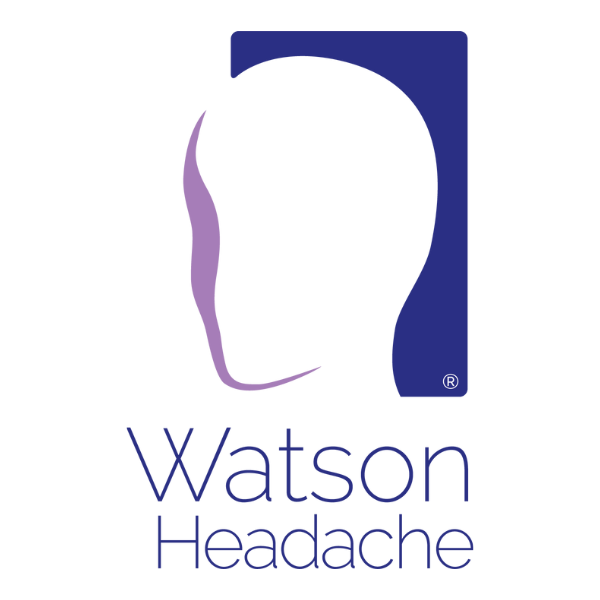“Let’s examine the perspective that the nucleus pulposus (NP) transforms with age to a more rigid fibrocartilaginous mass; it is devoid of viscosity,” resumes Watson. “Advanced technologies have made it possible to perform more sophisticated in vitro studies and in vivo and biochemical analyses.”
“Take for example scanning electron microscopy (SEM); SEM has demonstrated that the NP exists as a separate structure (from the annulus fibrosus – AF) which persists in older (> 65 yrs) discs (1),” explains Watson.
T2 and C2-3 Disc: The Idiosyncratic Segment
Recognising that this has piqued his colleague’s interest, Watson continues, “Furthermore, quantitative MRI protocols have been used to evaluate relaxation times (T2) in cervical discs. (2-12) T2 is a measure of water content that correlates strongly with disc biochemical composition, such that decreased T2 values indicate decreased disc water content.”(13, 14)
Watson’s colleague interjects, “So increased T2 values would be expected in the pulposus?” “Correct,” replies Watson. “Interestingly, the NP and AF demonstrated increased T2 moving distally (from C2-3), and T2 was greater (than outer regions) in the NP in the C6-7 and C7-T1, implying a (viscosity) differentiation between the AF and NP.(12) The latter finding suggests that superior discs have a more homogenous water composition, i.e. less distinction between the NP and AF… except for the C2-3 disc.(12) The C2-3 disc T2 values were relatively (to intervening discs) high and similar to C6-7 and C7-T1, i.e. the C2-3 disc demonstrated a similar distinction between the NP and AF.”(12)
C2-3: The Humble Transitional Segment
“As an aside,” Watson deviates, “The authors hypothesised that… ‘These differences may be due to the unique anatomy of the C2 vertebrae, which likely induces alterations in composition and lifespan changes compared to other discs.’(12, 15) (p. 6) This finding reinforces a biomechanical ‘transitional’ role of the C2-3 segment and the importance of the optimum function of this segment as it is considered the substratum of upper cervical movement.”(15)
I Need a Glass of Wine to Increase My Relaxation Time (i.e.T2)!
Seeing that his colleague was becoming overwhelmed, Watson suggested they open another bottle of 2012 Albert Bichot Cote de Nuits Villages Burgundy and reflect…
“In summary, the increase (relative to C3-4, C4-5 and C5-6) in T2 values C2-C3, C6-C7, and C7-T1; the spatial homogeneity in T2 values (water content) was observed for the mid-cervical discs i.e. decreased distinction between the NP and AF, whereas the NP and AF distinctions persisted at C2-C3, C6-C7, and C7-T1, i.e. increased T2 in the NP compared to AF; were seen individually in almost all subjects throughout the age range.”
Watson’s colleague, a little more relaxed now, reaffirms, “So these findings support the SEM research, which illustrated the heterogeneous co-presence of the NP and AF, i.e. that the NP remains a distinct entity.” “Yes. Other researchers have investigated glycosaminoglycans (GAGs) in cervical discs,” but Watson decides to let his colleague enjoy the burgundy.
References:
- Fontes RB, Baptista JS, Rabbani SR, Traynelis VC, Liberti EA. Structural and Ultrastructural Analysis of the Cervical Discs of Young and Elderly Humans. PLoS One. 2015;10(10):e0139283.
- Blumenkrantz G, Zuo J, Li X, Kornak J, Link TM, Majumdar S. In vivo 3.0-tesla magnetic resonance T1rho and T2 relaxation mapping in subjects with intervertebral disc degeneration and clinical symptoms. Magn Reson Med. 2010;63(5):1193-200.
- Hoppe S, Quirbach S, Mamisch TC, Krause FG, Werlen S, Benneker LM. Axial T2 mapping in intervertebral discs: a new technique for assessment of intervertebral disc degeneration. Eur Radiol. 2012;22(9):2013-9.
- Marinelli NL, Haughton VM, Anderson PA. T2 relaxation times correlated with stage of lumbar intervertebral disk degeneration and patient age. AJNR Am J Neuroradiol. 2010;31(7):1278-82.
- Nagashima M, Abe H, Amaya K, Matsumoto H, Yanaihara H, Nishiwaki Y, et al. A method for quantifying intervertebral disc signal intensity on T2-weighted imaging. Acta Radiol. 2012;53(9):1059-65.
- Stelzeneder D, Welsch GH, Kovacs BK, Goed S, Paternostro-Sluga T, Vlychou M, et al. Quantitative T2 evaluation at 3.0T compared to morphological grading of the lumbar intervertebral disc: a standardized evaluation approach in patients with low back pain. Eur J Radiol. 2012;81(2):324-30.
- Takashima H, Takebayashi T, Yoshimoto M, Terashima Y, Tsuda H, Ida K, et al. Correlation between T2 relaxation time and intervertebral disk degeneration. Skeletal Radiol. 2012;41(2):163-7.
- Wang YX, Zhao F, Griffith JF, Mok GS, Leung JC, Ahuja AT, et al. T1rho and T2 relaxation times for lumbar disc degeneration: an in vivo comparative study at 3.0-Tesla MRI. Eur Radiol. 2013;23(1):228-34.
- Wang YX, Griffith JF, Leung JC, Yuan J. Age related reduction of T1rho and T2 magnetic resonance relaxation times of lumbar intervertebral disc. Quant Imaging Med Surg. 2014;4(4):259-64.
- Tang B, Yao H, Wang S, Zhong Y, Cao K, Wan Z. In vivo 3-Dimensional Kinematics Study of the Healthy Cervical Spine Based on CBCT Combined with 3D-3D Registration Technology. Spine (Phila Pa 1976). 2021;46(24):E1301-e10.
- Welsch GH, Trattnig S, Paternostro-Sluga T, Bohndorf K, Goed S, Stelzeneder D, et al. Parametric T2 and T2* mapping techniques to visualize intervertebral disc degeneration in patients with low back pain: initial results on the clinical use of 3.0 Tesla MRI. Skeletal Radiol. 2011;40(5):543-51.
- Driscoll SJ, Zhong W, Torriani M, Mao H, Wood KB, Cha TD, et al. In-vivo T2-relaxation times of asymptomatic cervical intervertebral discs. Skeletal Radiol. 2016;45(3):393-400.
- Marinelli NL, Haughton VM, Munoz A, Anderson PA. T2 relaxation times of intervertebral disc tissue correlated with water content and proteoglycan content. Spine (Phila Pa 1976). 2009;34(5):520-4.
- Tertti M, Paajanen H, Laato M, Aho H, Komu M, Kormano M. Disc degeneration in magnetic resonance imaging. A comparative biochemical, histologic, and radiologic study in cadaver spines. Spine (Phila Pa 1976). 1991;16(6):629-34.
- Sizer PS, Jr., Phelps V, Azevedo E, Haye A, Vaught M. Diagnosis and management of cervicogenic headache. Pain Pract. 2005;5(3):255-74

